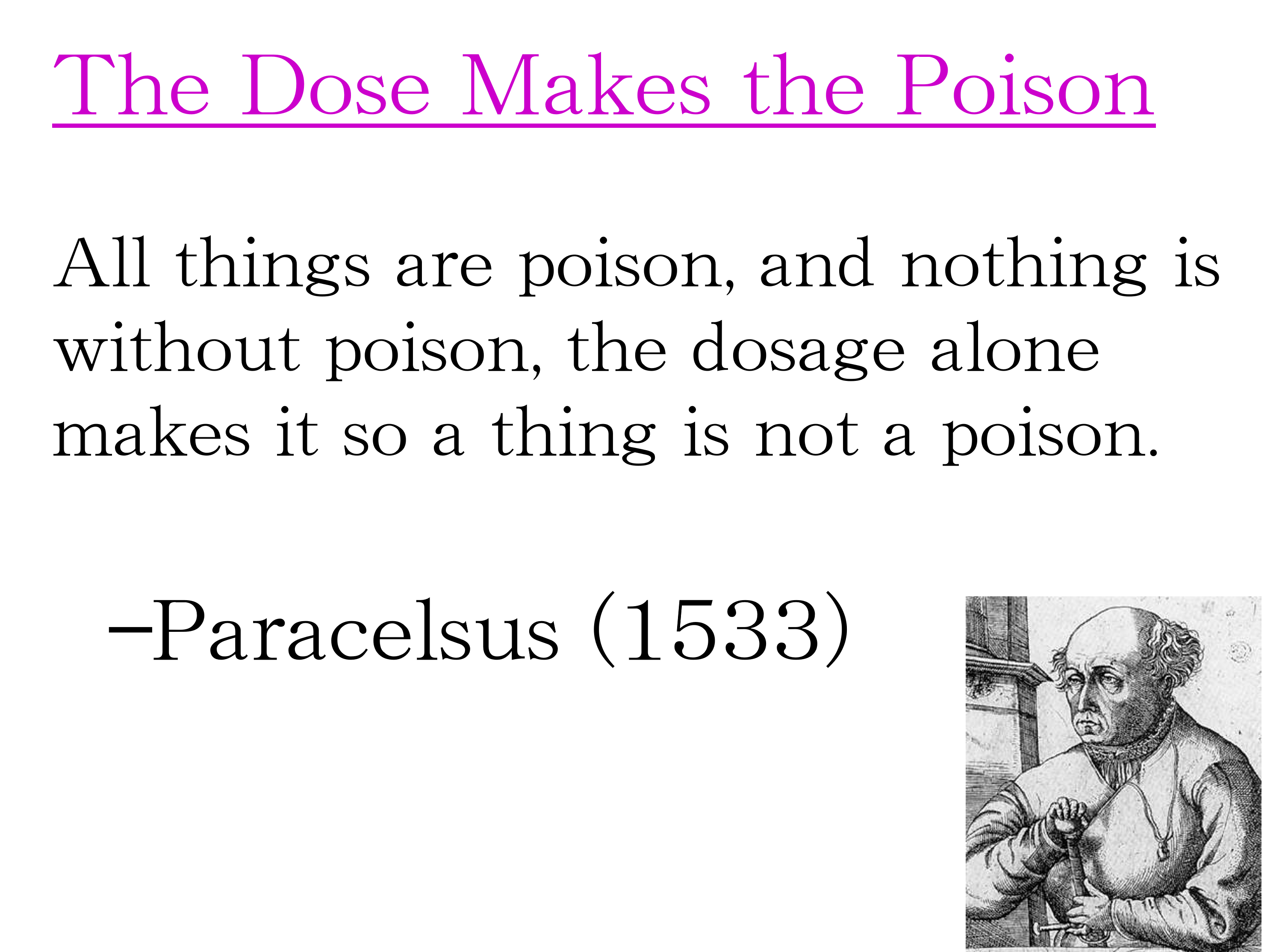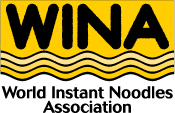NEW
2023.08.31

―WINA Instant Noodles Column―
What Is the Health Risk of Food Additives?
We often hear voices of concern from consumers, such as “When I look at the ingredients stated on instant noodles, there are many unfamiliar chemical substances, and I don’t know what they are used for. Why do they contain so many food additives that are bad for health?” As explained in the first article of this column, among consumers, there are some who overestimate the health risks of food additives. There are also consumers who avoid food additives as their purposes are hard to understand. It is important to properly understand the roles of additives and their risks.
In the first place, unlike home-made food, processed foods will go bad in three days after manufacturing if food additives are not used and become distasteful food that also looks unpleasant. Therefore, food additives are indispensable from the perspectives of preventing food poisoning and maintaining shelf life. Food safety experts offer the following detailed explanation:
Together with improving aspects such as taste, flavor, texture, and color, food additives also contribute to food safety by suppressing the reproduction of bacteria and improving shelf life. They are used in food products with enhanced nutrients and less salt as well as to lower the calorie value of food.1)The food additives used in instant noodles also have roles that are appropriate as ingredients, including as seasonings, preservatives, antioxidants, food coloring, emulsifiers, and acidity regulators. As a diverse range of food additives contribute toward developing a rich menu of processed foods, the names of many food additives are listed in ingredient labels.
Even those who know the respective purposes of food additives may feel very concerned when they read the tabloid article stating, “People who consume more processed foods that contain many types of food additives are more prone to lifestyle diseases.” Although it looked like scientific information at first glance, as a result of fact-checking by Science of Food Safety and Security (SFSS), it was found to be fake news (intentional disinformation).2) According to food safety experts, in Japan for example, the safety of food additives approved by the national food safety authorities is ensured at an extremely high level. This is because risk management is tightly conducted, with the upper limits of consumption by humans (equivalent to the amount that is included in processed foods) being determined after international risk evaluation.3)The natural food ingredients that we usually eat do not go through such risk management at all. Compared to consumers relying on their own risk management, such as that based on past food experiences and cooking with heat, the safety of food additives is evaluated to be extremely high.
The 16th century natural scientist Paracelsus left behind the words “The dose makes the poison,” a principle that serves as the key for improving the risk literacy of consumers who are swayed by disinformation stating that products with more types of food additives are unhealthier. In other words, besides food additives, even water, salt, or other additives become poison when consumed in large quantities.4)
When you take medicine for colds, will you take 10 pills even if the dosage states one pill per day? Generally, we imagine that there will be side effects if 10 pills are consumed. How about food additives? Tests for safety are conducted to find the quantities that do not affect living bodies, and it is mandated by laws and regulations that only up to 1% of such quantities can be included in products. Do you think there will be side effects?
When you think about the risk of food additives in this way, the important thing is not how many types of food additives are found in processed foods but the amount that is being consumed. As the amount of each food additive included is minuscule enough to be ignored, food safety experts assess that the risk cannot be said to be high.

《References》
1. Japan Food Additives Association (JAFA) (2023), Types of food additives and examples of the application (accessed on August 21, 2023, https://www.jafaa.or.jp/tenkabutsu01/siryou) (in Japanese)
2. Science of Food Safety and Security (SFSS) (2019) Fact-checking by shows that the article “List of ultra-processed food that must not be eaten” is fake news (Level 4) (accessed on August 21, 2023, https://nposfss.com/fact-check/shincho_20190131/) (in Japanese)
3. Motohiro Nishijima (2021), “Food additive safety and additive-free,” in archive of SFSS’s website (2021) (accessed on August 21, 2023, https://nposfss.com/article/kikan40_p02/) (in Japanese)
4. Takeshi Yamasaki (2013), “The dose makes poison,” in Chairman’s Blog on SFSS’s website (2013) (accessed on August 21, 2023, https://nposfss.com/c-blog/poison/) (in Japanese)
《Author: Takeshi Yamasaki》
Chairman, NPO Society for Science of Food Safety and Security (SFSS) and DVM, Ph.D
Takeshi Yamasaki graduated from the Faculty of Agriculture, The University of Tokyo in 1983 and the university’s graduate school in 1985. He then joined Wakunaga Pharmaceutical Co., Ltd. and worked for six years in the United States on research and development of dietary supplements. In 2011, he established SFSS.
Currently, he also serves as a director at FactCheck Initiative Japan (FIJ), Head of the secretariat of Japan Food Journalists Association (JFJ), as well as head of the secretariat of the Science Committee of the Association to Create a Society with Consumer Citizenship (ASCON).
★SFSS Website (in Japanese) https://nposfss.com/
